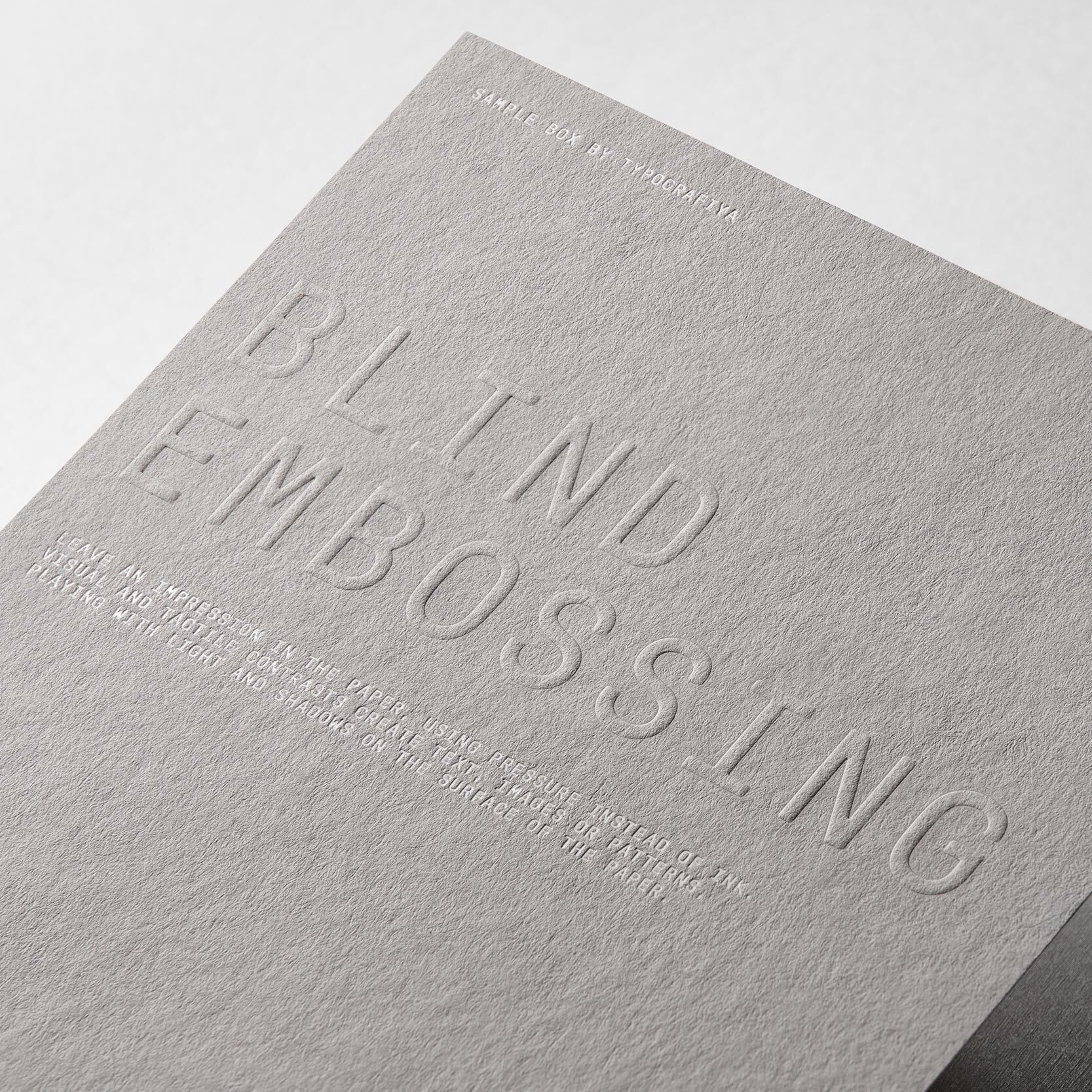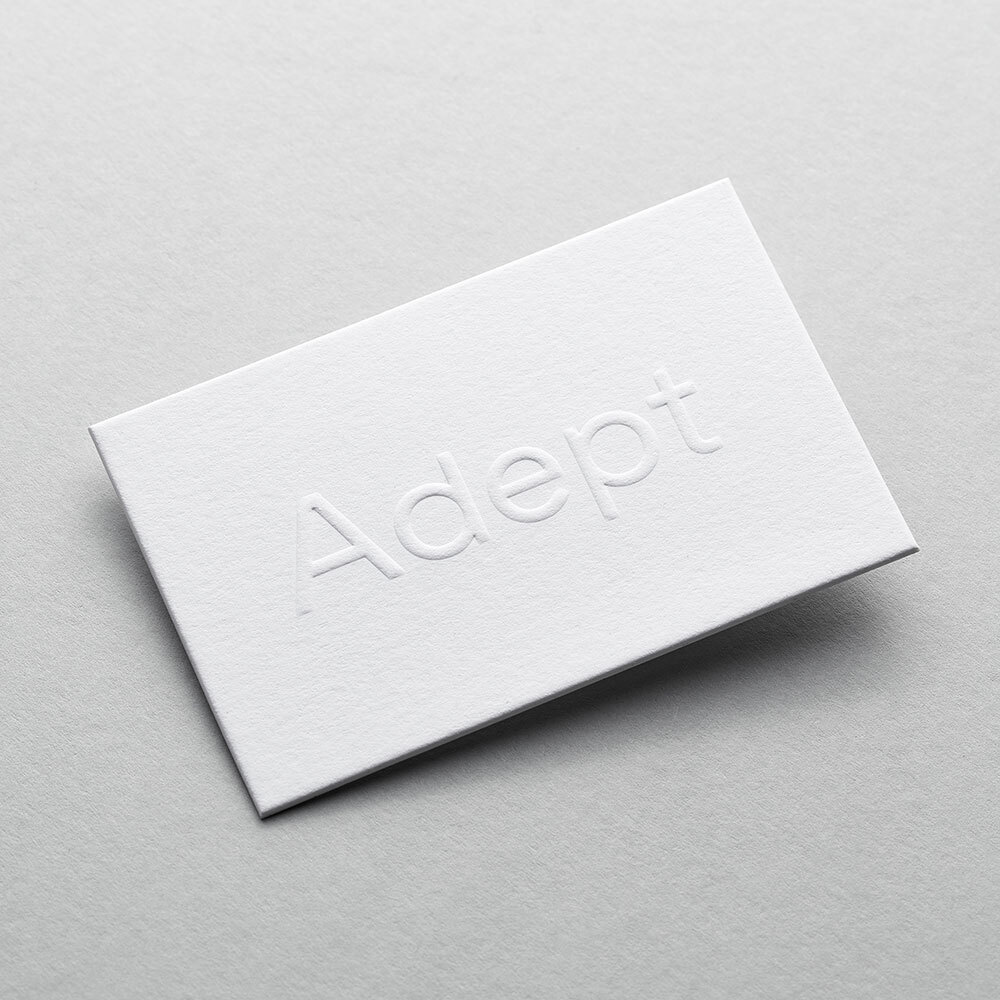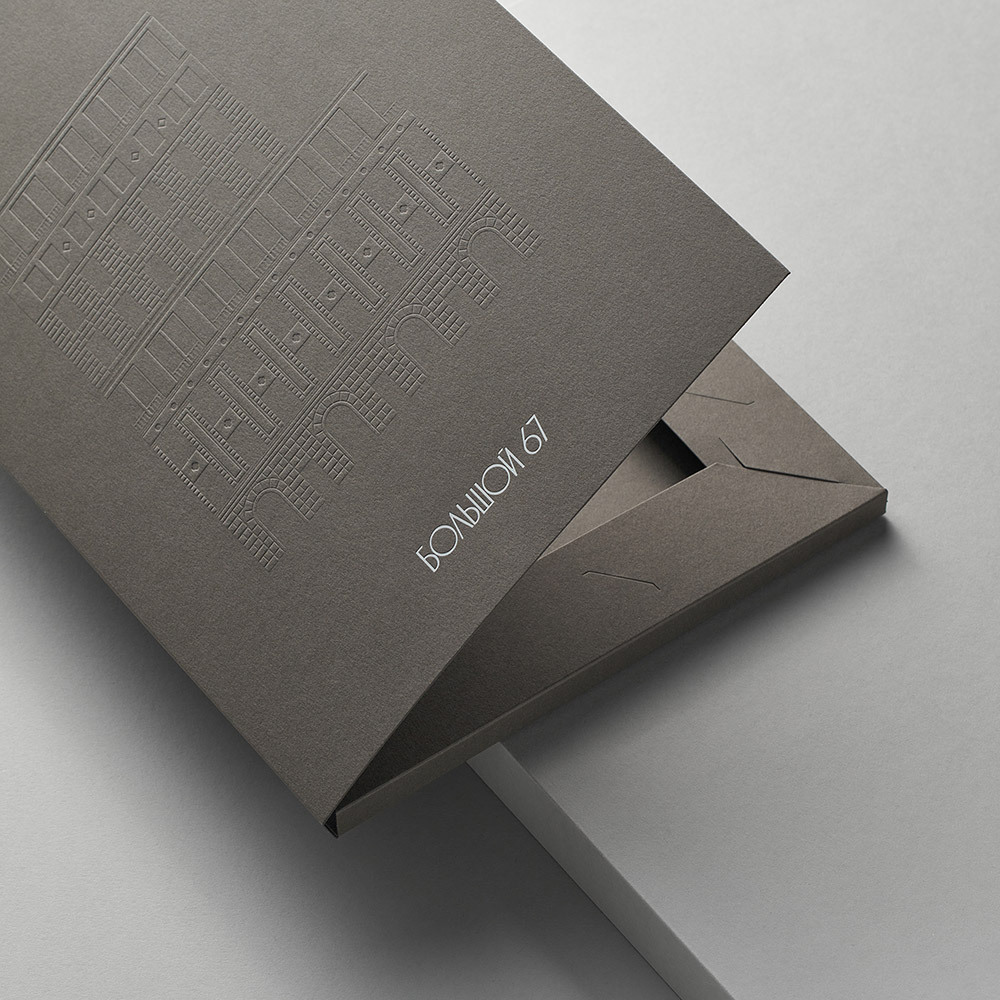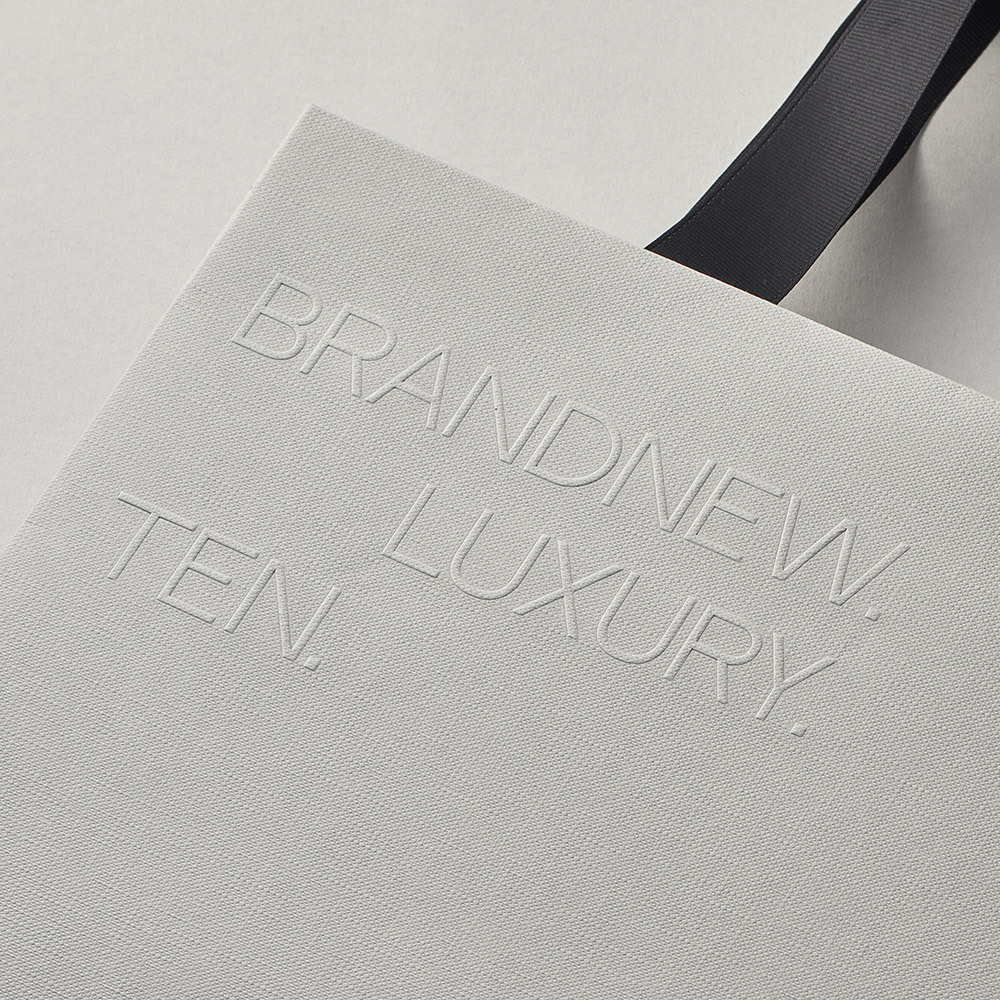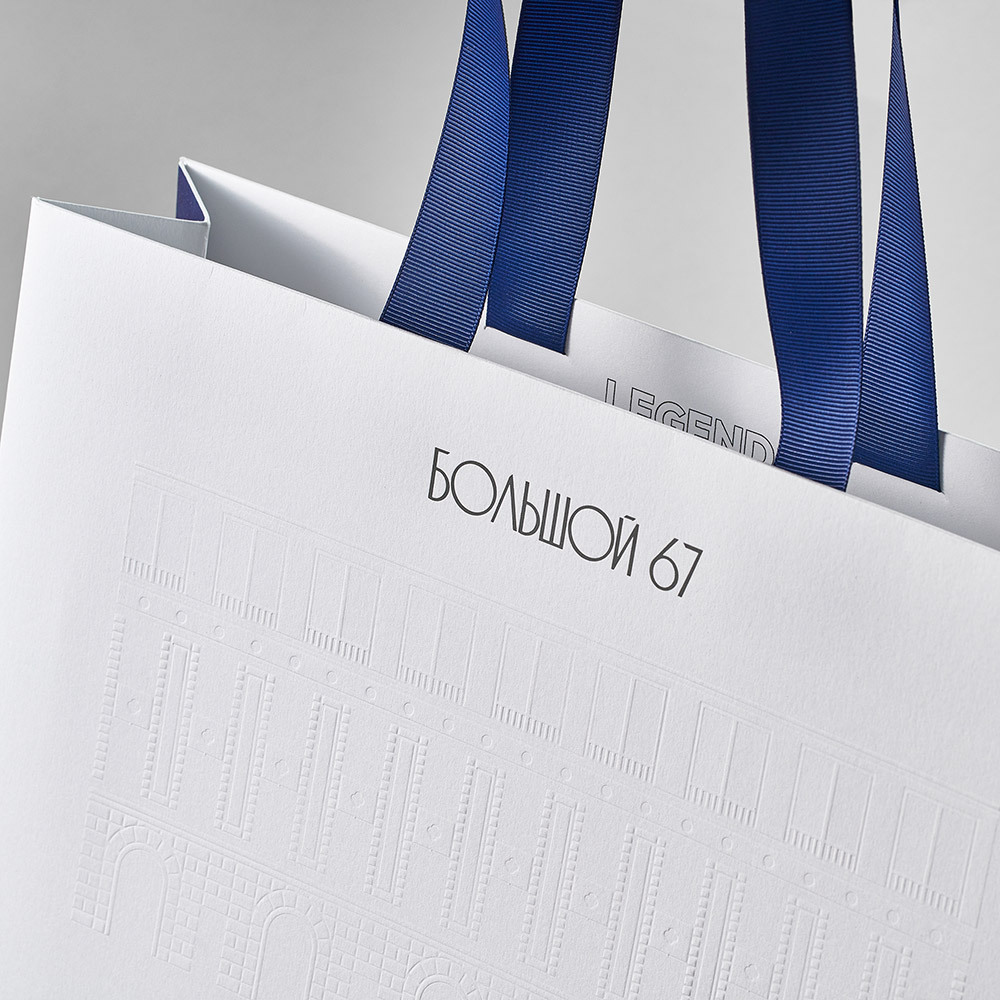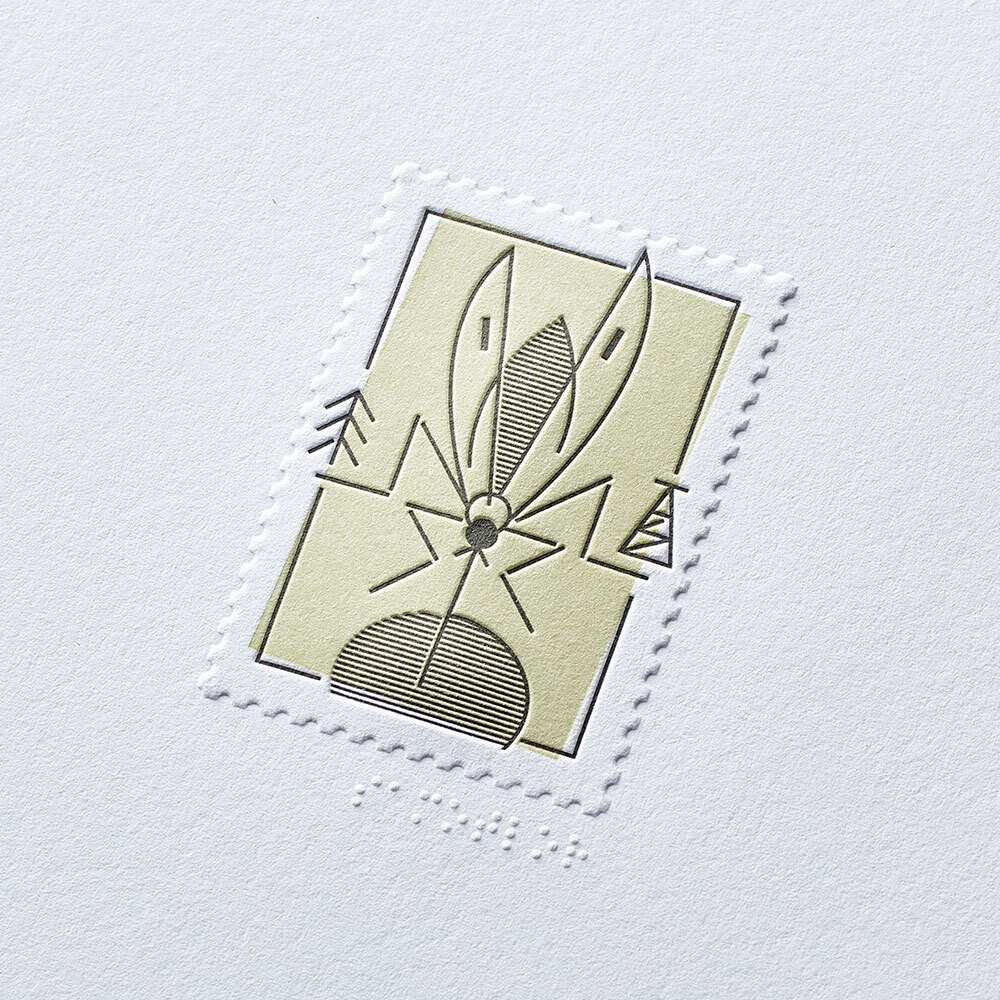Embossing
Creation of a raised blind impression using a die and a counter force. In some cases, foil might be used. This premium finishing technique works in detail.
The process of creating a raised image using an embosser with a negative and positive die to create a raised impression.
1. An embossed graphics. Embossed elements are raised against the background.
2. Paper. It is possible to use nearly any paper with a density of 100-350 gsm
3. The printing combination. The combination of embossing is possible only with the image printed by silk screen printing. When combining, the thickness of the objects must be at least 2 mm. It is necessary to consult about the possibility of manufacturing products with a combination of embossing and silk screen printing.
4. Duplex. For embossed products, duplex method is possible to avoid the image protrude on the reverse side. It greatly complicates the production technologically. It is necessary to consult with our specialist individually about this possibility.
5. Line thickness. The relief’s height depends on the thickness of the lines. The optimal line thickness for a noticeable relief is 1-2 mm. The minimum line thickness is 0.5 mm.
6. You should not use the image beyond the bleeds. It makes subsequent cutting of products more difficult. In the presence of such elements, in most cases it is necessary to die cut the samples.
Possible paper options:
— Coloured paper
— Tactile paper
— Cotton
